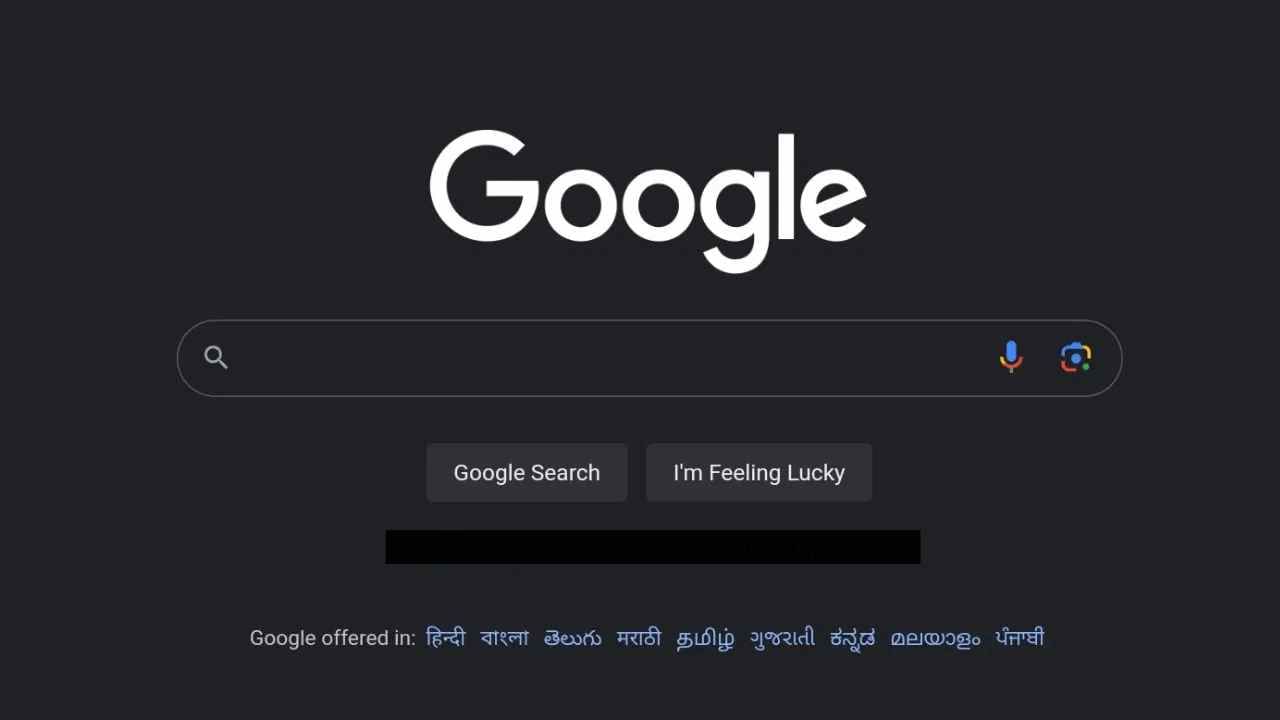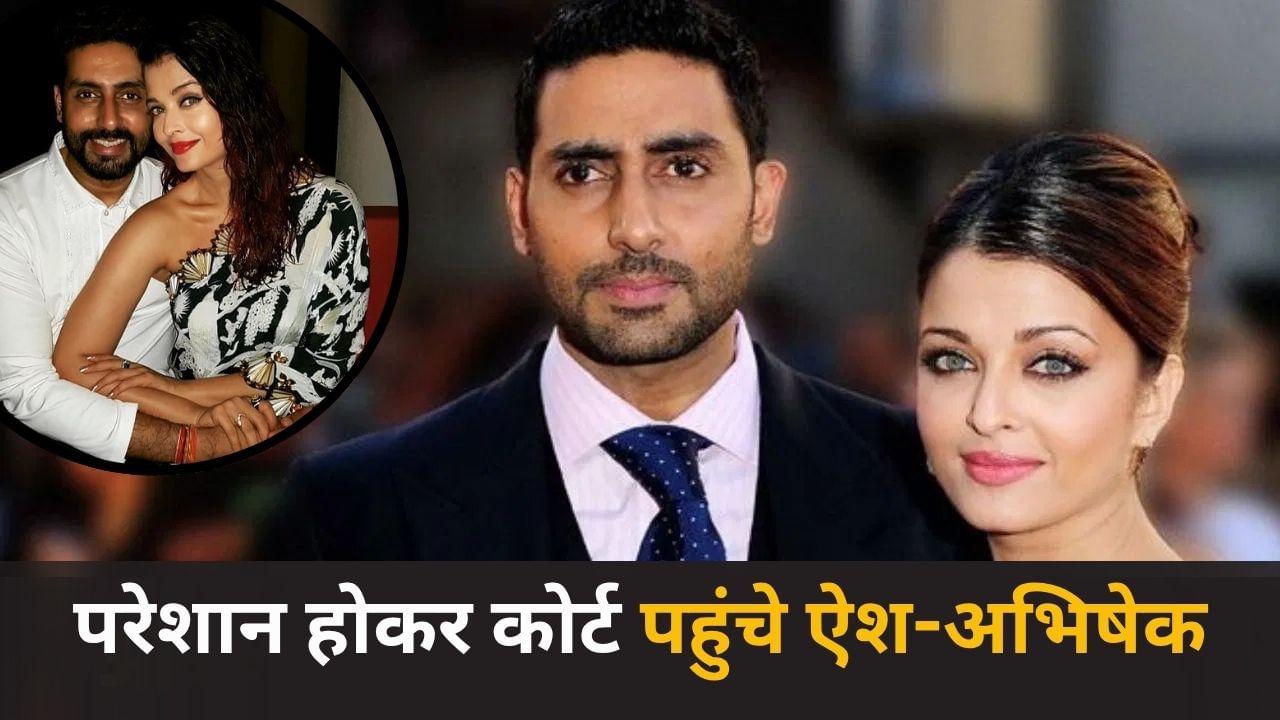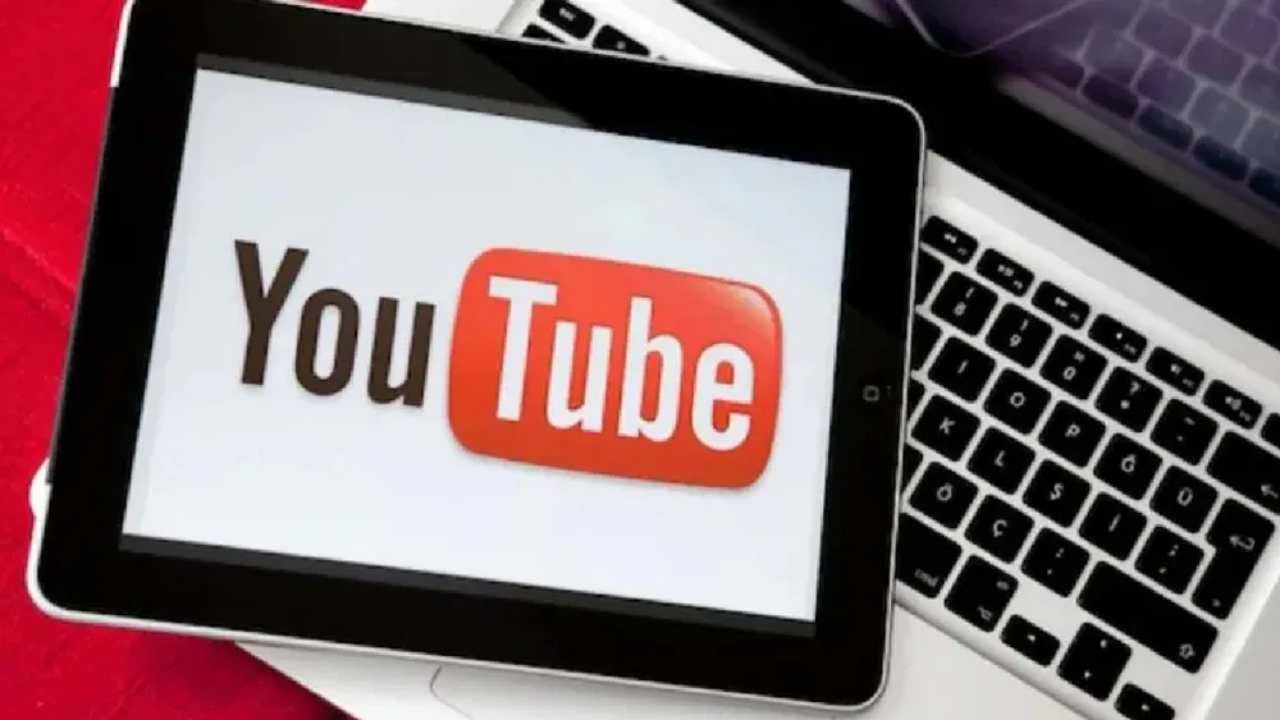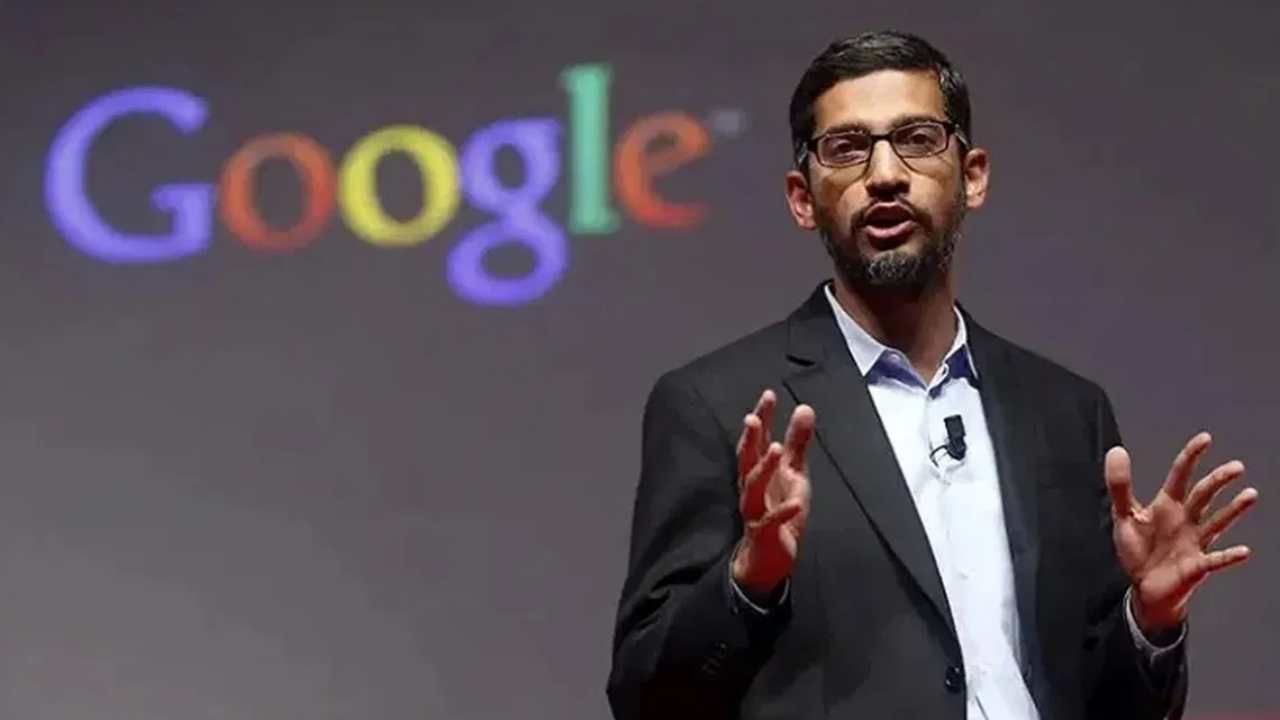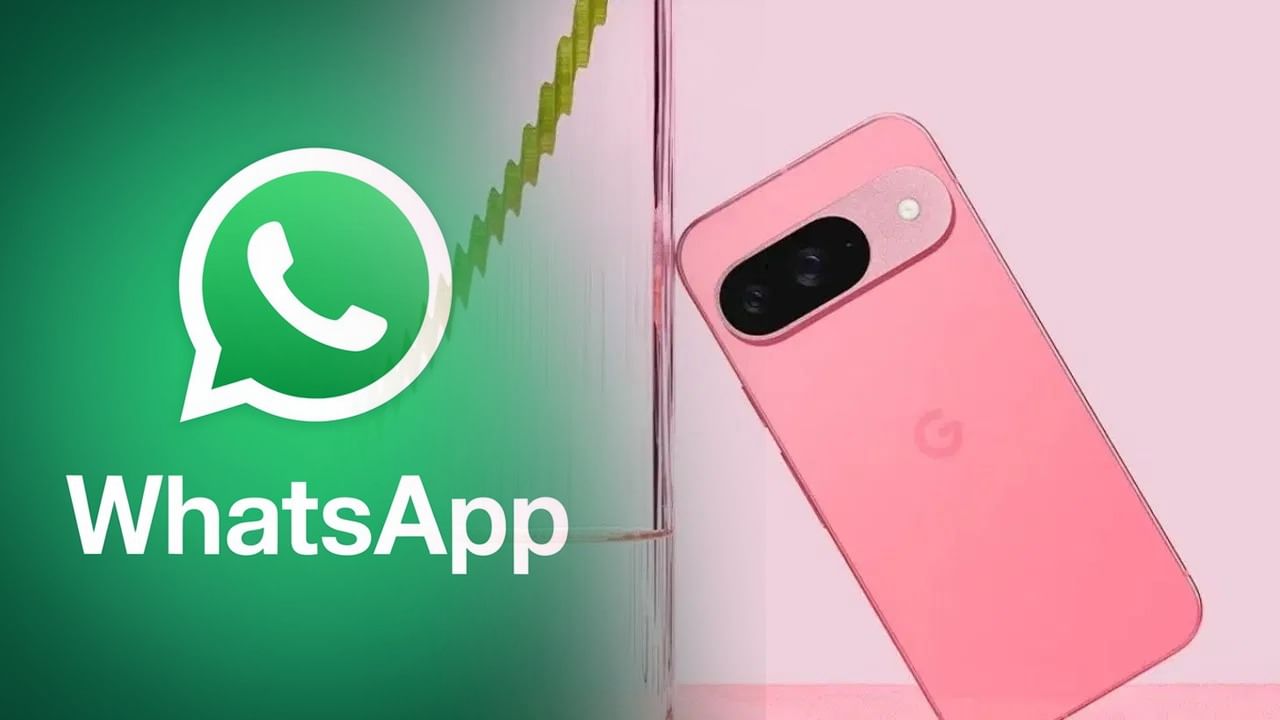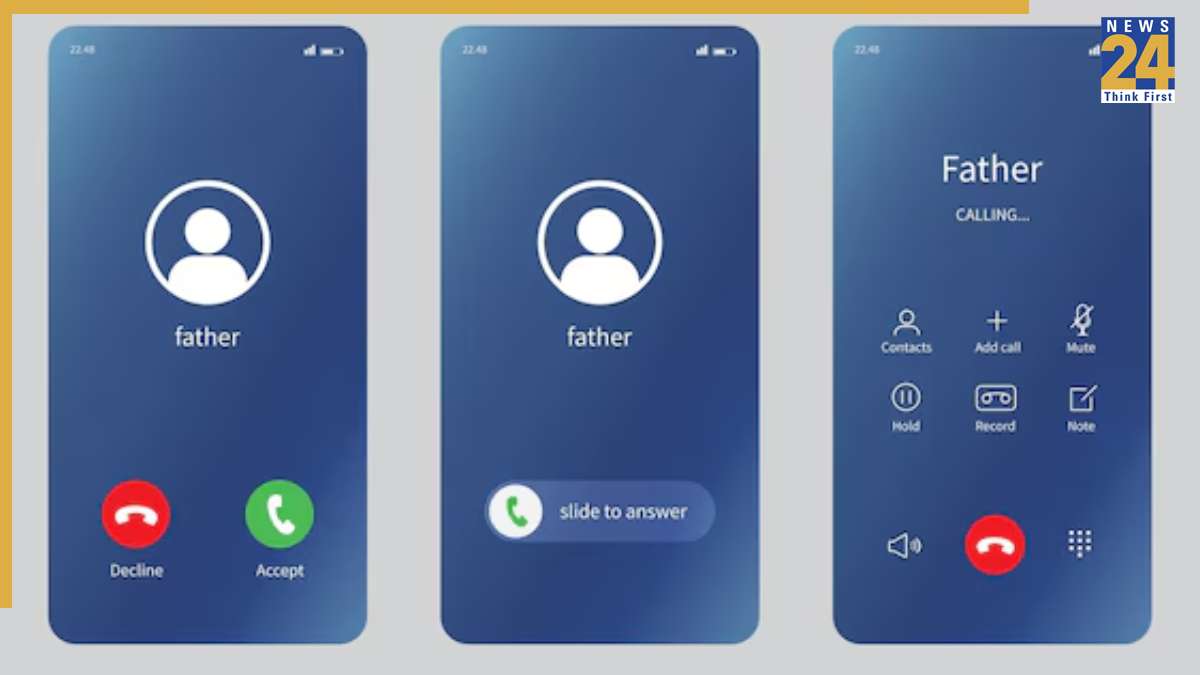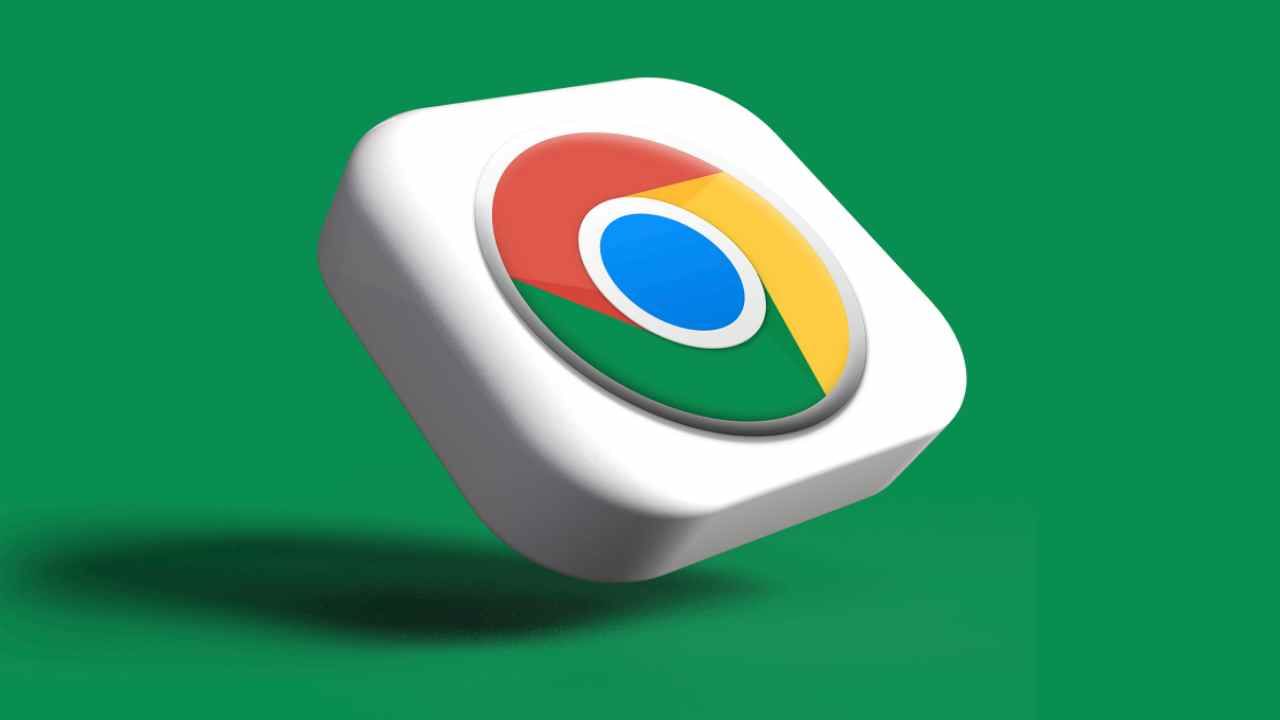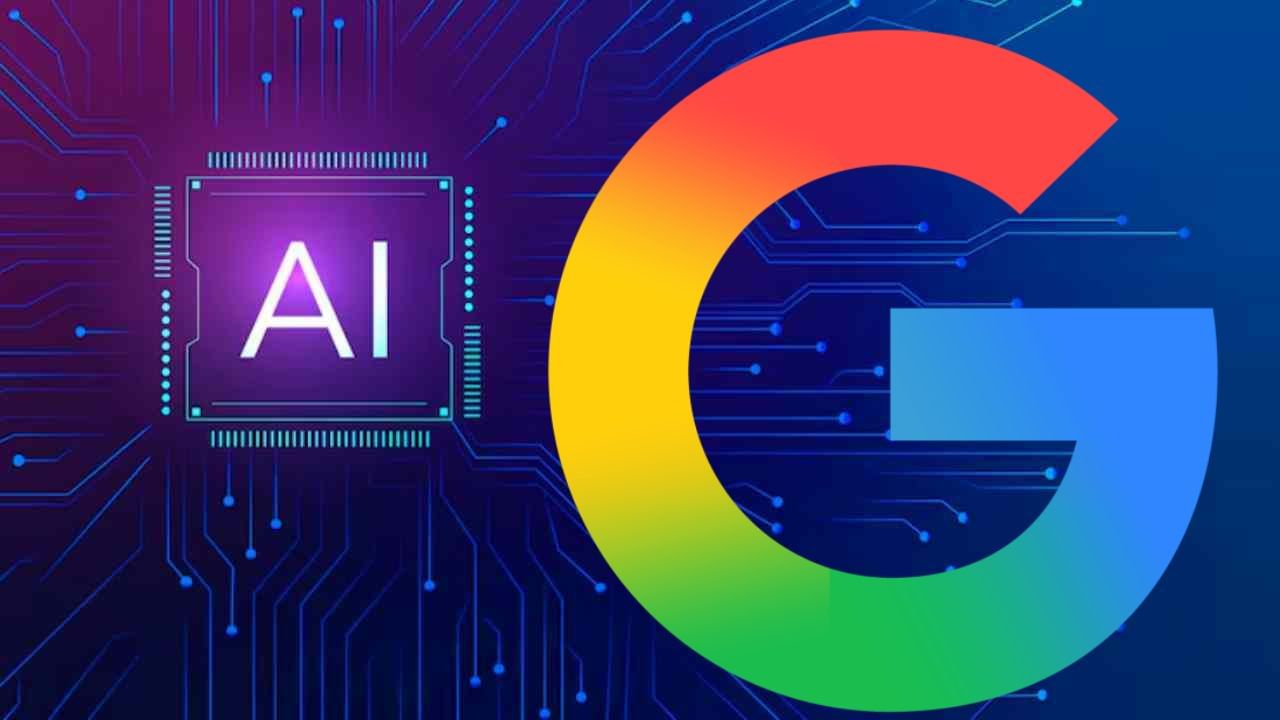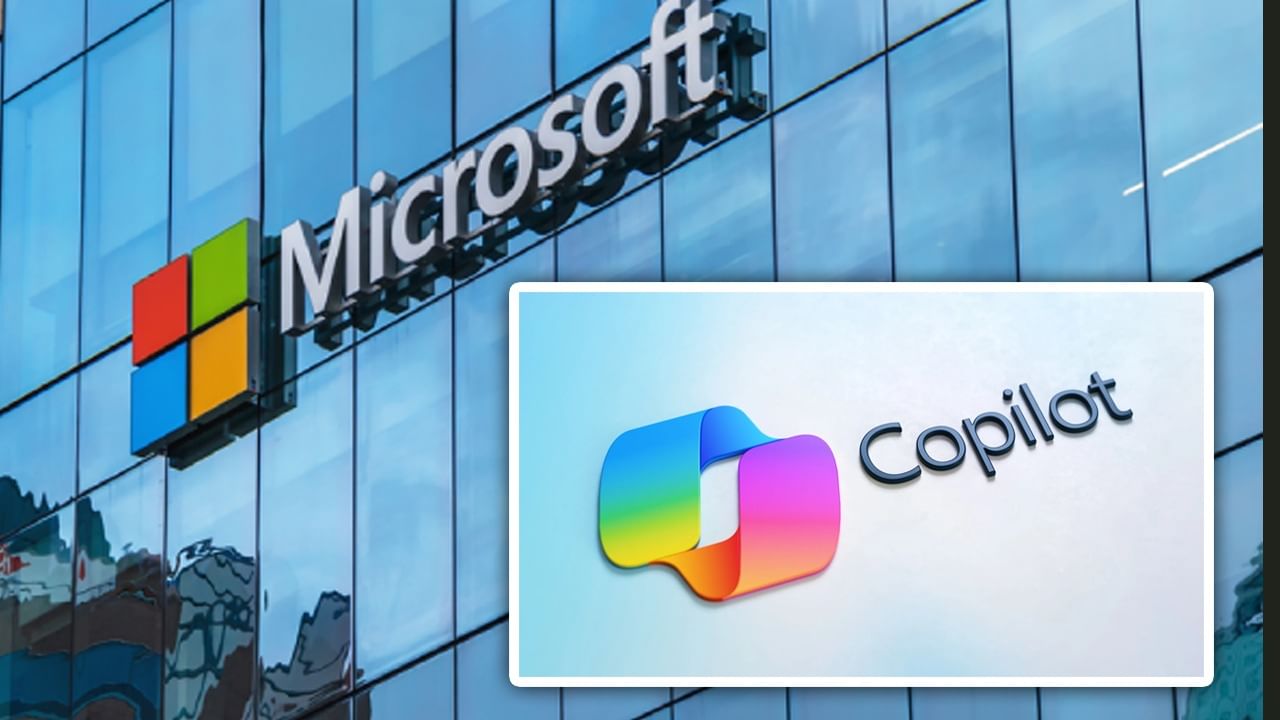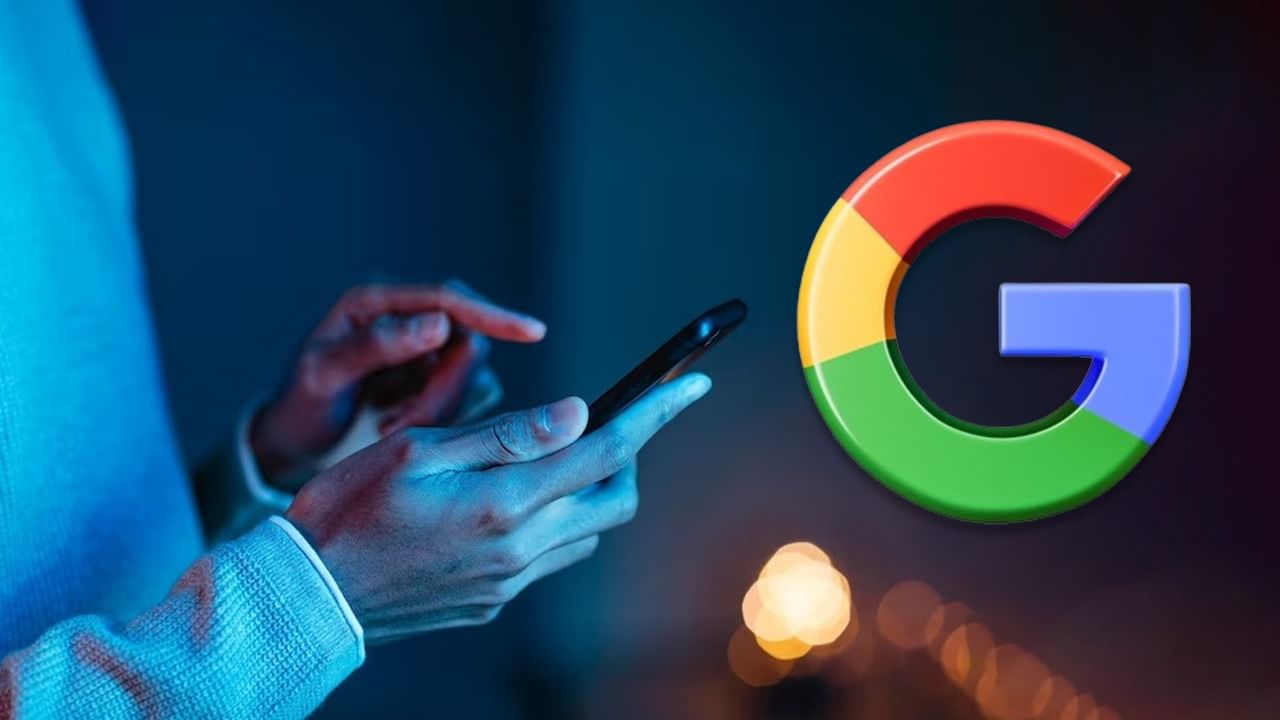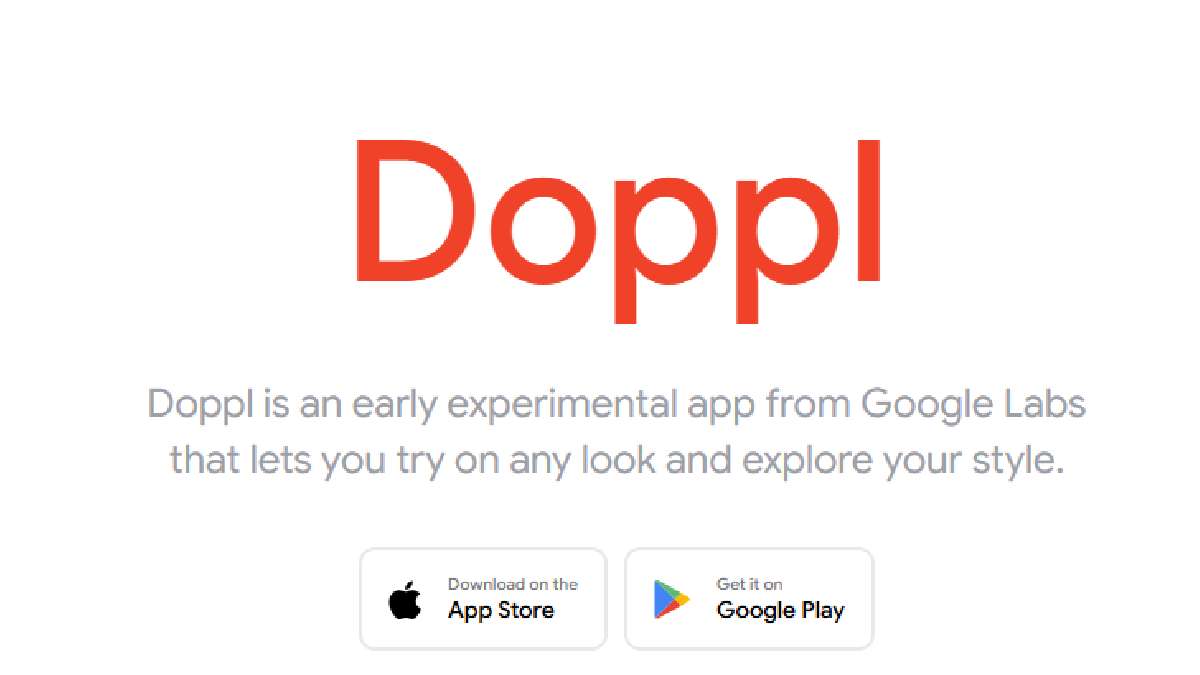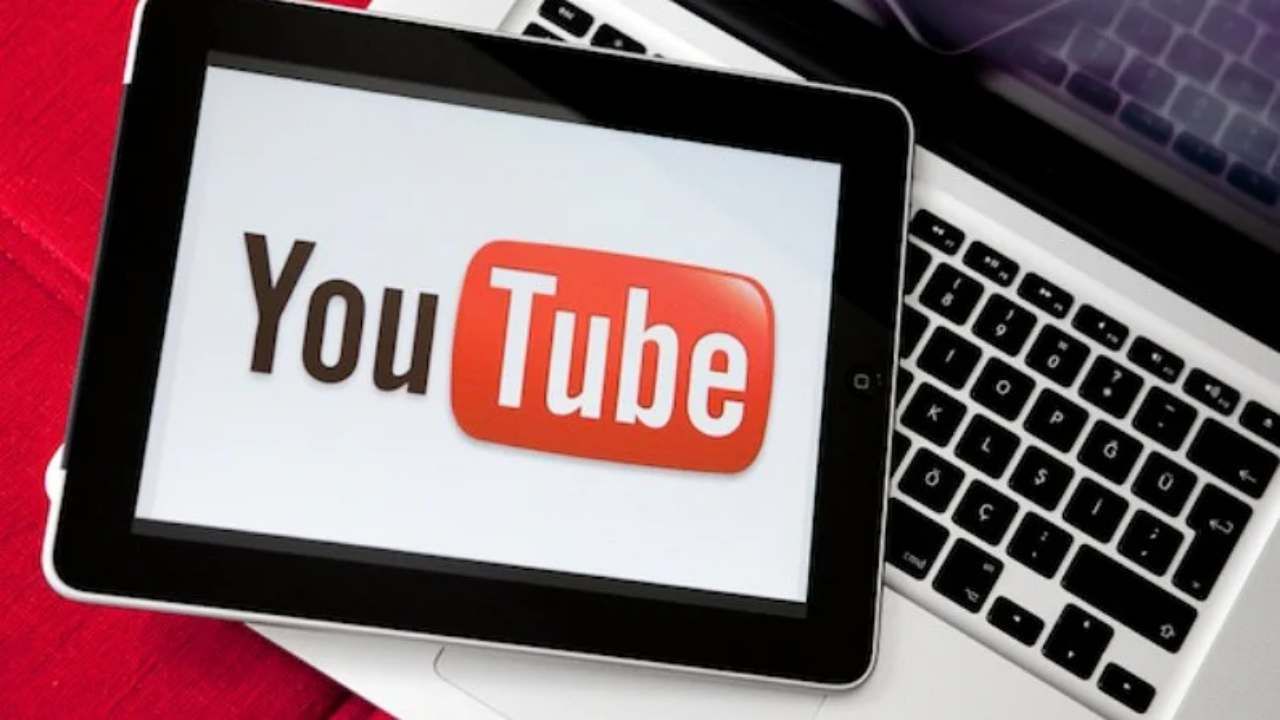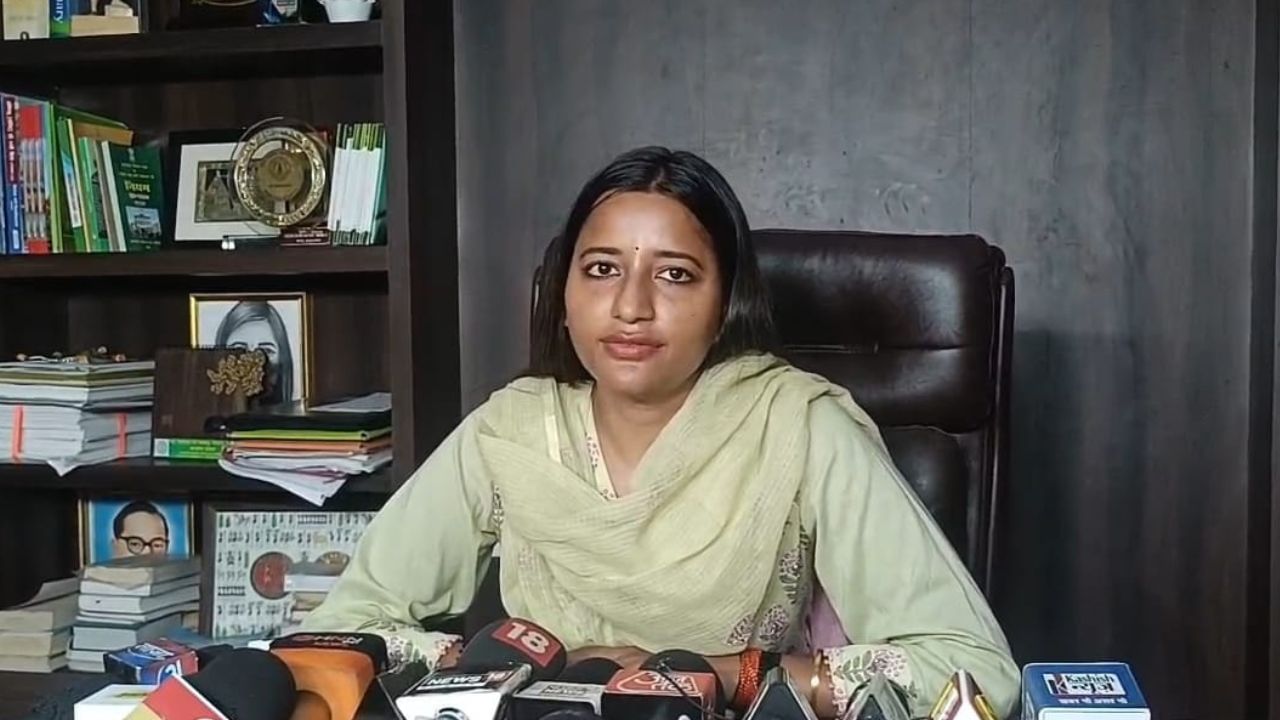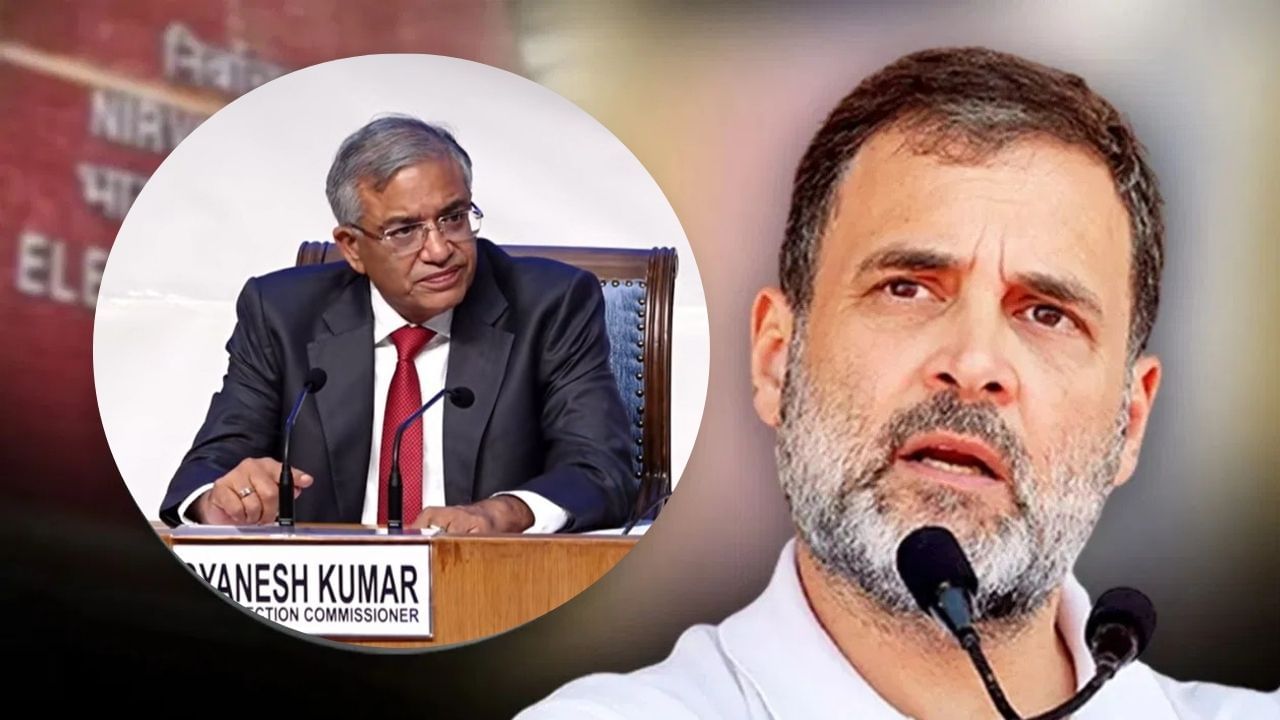Subscribe to Updates
Get the latest creative news from FooBar about art, design and business.
Browsing: Google
Following the shift to virtual meetings and interviews in Silicon Valley after the COVID-19 pandemic, Google is taking steps to address concerns…
Google has announced a significant change for Android users, introducing new restrictions on app installations. Previously, a key feature of Android was…
Google has launched its new Pixel 10 series, introducing a significant feature: satellite-based voice and video calls on WhatsApp. This capability was…
A wave of Android users has expressed dissatisfaction with Google’s recent mobile operating system update. The new user interface (UI) has sparked…
Perplexity AI, an artificial intelligence startup, has made an offer to purchase Google Chrome, one of the most popular internet browsers. The…
Artificial intelligence is rapidly expanding, with companies increasingly relying on it. Following the growth of Generative AI, numerous tech experts have begun…
Following its initial release for smartphones, Google is now extending the AI Mode feature to Android tablets. This feature, available in the…
Following its introduction on smartphones, Google is now expanding the availability of its AI Mode feature to Android tablets. This feature, accessible…
Google has launched the Deep Think feature within the Gemini app for Ultra subscribers. This advanced AI tool offers enhanced speed and…
Artificial intelligence is the buzzword dominating the tech landscape. From startups to established tech giants, investments in AI are soaring, leading to…
Microsoft has launched Copilot Mode in its Edge browser, introducing a new feature powered by artificial intelligence (AI). This feature aims to…
A user reported on Reddit that their Google Pixel 6a smartphone exploded while charging overnight, narrowly missing their head. The user described…
Google is discontinuing its popular URL Shortener service. This tool, which helps users create shorter links for easier sharing across platforms, will…
Google has introduced Doppl, an experimental application designed to revolutionize how users visualize and experiment with their outfits. The app, a product…
The race to dominate the AI landscape is heating up, with companies vying to offer cutting-edge features. Google has entered the fray…
Google is implementing significant changes to YouTube’s live streaming policies, with the aim of enhancing child safety. The new rules, effective July…



